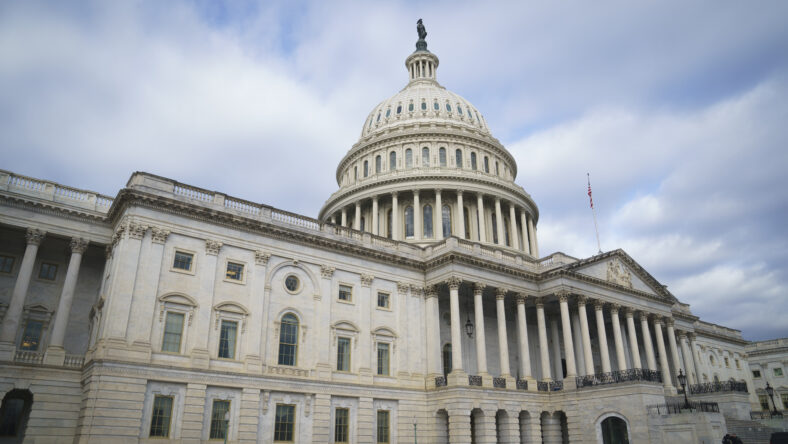Clemson’s Dabo Swinney Becomes 2nd-Highest Paid Coach In College Football With New $93 Million Extension

Clemson football head coach Dabo Swinney has reportedly signed a 10-year, $93 million contract-extension (11.5 million per year) which puts him ahead of Georgia head coach Kirby Smart as the second highest-paid head coach in college football. Swinney’s deal locks the coach in through the 2031 college season and was approved by the Clemson Board of Trustees. Getting a long-term deal done was reportedly a priority for Clemson Athletic Director Graham Neff, who became the school’s Athletic Director back in December 2021.
Neff issued a statement, speaking highly of Swinney and the impact he and his family had on Clemson’s community and football team.
“Coach Swinney and his family’s impact on our community and department cannot be understated and his success and stability nationally is truly uncommon. It is critical that Clemson continue to invest in our football program, and ensure our head coach is at Clemson for a long, long time. The best is yet to come.”
With Swinney’s new deal, he is now only second to Alabama head coach Nick Saban. Saban became the highest-paid coach in college football back in late August. Saban’s new 8-year, $93.6 million contract extension was approved by Alabama’s Board of Trustees. The contract pays Saban an average of $11.7 million per year, which overshadows Smart’s 10-year extension with Georgia. Smart’s contract pays him an average of $10.25 million per year.
The details of the new contract include increased base pay, talent fee, and a contract completion benefit. Saban’s base pay increases to $305,000 per year. The main language of his contract involves the “talent fee”, which will start with approximately $9.6 million in 2022 and increase up to approximately $12.4 million at the end of the deal when Saban is 79-years-old. Upon completion of the contract, Saban will reportedly receive $800,000 in benefits each year between 2022 & 2025.
USA Today has more HERE.
Categorized:Breaking News College The Latest



